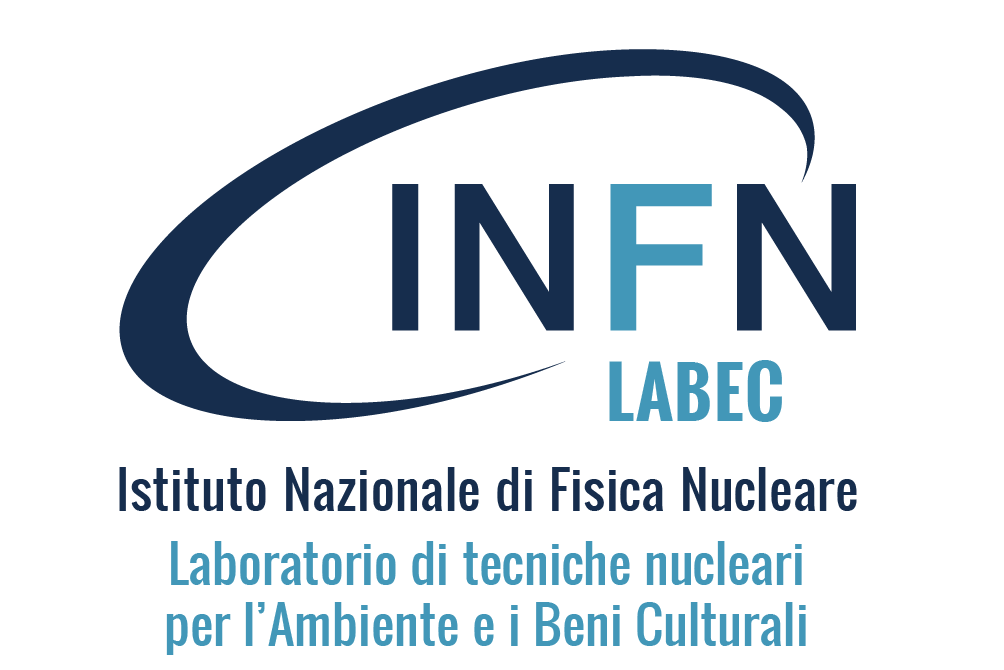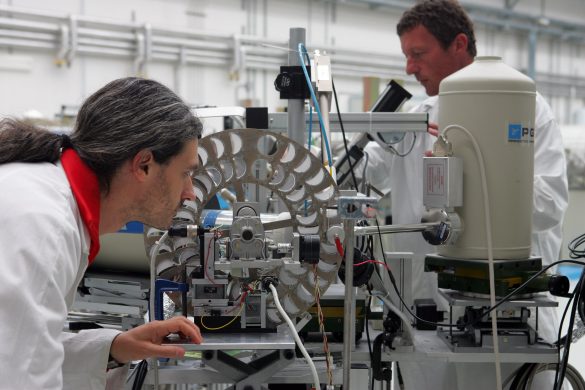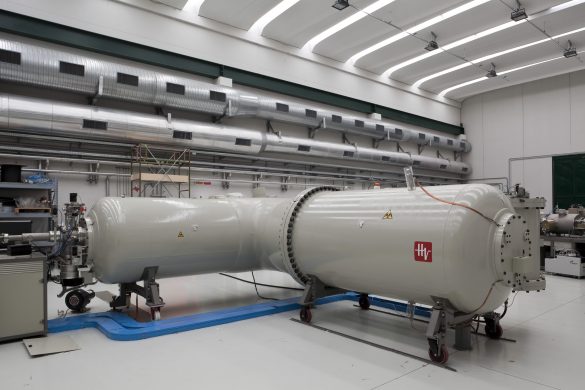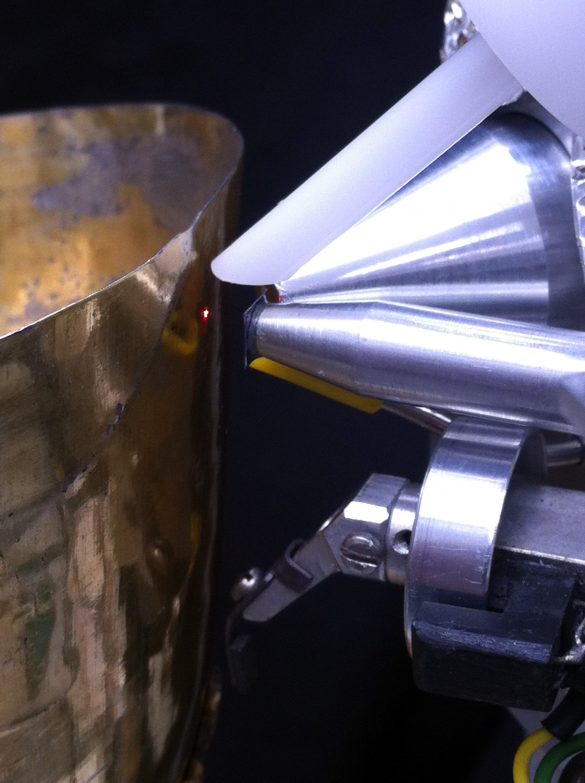 The National Institute for Nuclear Physics (INFN) is the Italian research agency dedicated to the study of the fundamental constituents of matter and the laws that govern them, under the supervision of the Ministry of Education, Universities and Research (MIUR). It conducts theoretical and experimental research in the fields of subnuclear, nuclear and astroparticle physics.
The National Institute for Nuclear Physics (INFN) is the Italian research agency dedicated to the study of the fundamental constituents of matter and the laws that govern them, under the supervision of the Ministry of Education, Universities and Research (MIUR). It conducts theoretical and experimental research in the fields of subnuclear, nuclear and astroparticle physics.
All of INFN’s research activities are undertaken within a framework of international competition, in close collaboration with Italian universities on the basis of solid academic partnerships spanning decades. Fundamental research in these areas requires the use of cutting-edge technology and instruments, developed by INFN at its own laboratories and in collaboration with industry.
The technology and expertise developed by INFN in conducting its experiments also has major implications for the technology sector in general and for addressing specific societal challenges, for example issues concerning cultural heritage, and the environment.
The LABEC laboratory (“Laboratorio di tecniche nucleari per l’Ambiente e i Beni Culturali”) of the INFN Section of Florence was established with the main purpose of performing applications of accelerator-based analytical nuclear techniques, such as IBA and AMS, in the field of problems related to the environment (mainly, but not only, air quality monitoring) and to cultural heritage; however, applications of nuclear techniques also to other fields (geology, material science, biology) are currently being performed at LABEC.
The main equipment is a Tandem accelerator (3 MV terminal voltage HVEE Tandetron), equipped with three independent ion sources (two for IBA and one for AMS), and 6 beamlines and 6 measuring end stations. In particular, three beamlines offer state-of-the-art external beam set-ups:
- one for high-current and high-throughput (30-60 s/sample) PIXE and PIGE analysis of atmospheric aerosols collected on daily, hourly and size-segregated (e.g. impactor) filters;
- one for low-current non-destructive PIXE, PIGE and RBS analysis of cultural heritage objects;
- one with scanning microprobe with detectors for PIXE, PIGE and RBS/EBS analysis.
A multi-purpose in-vacuum scattering chamber equipped for PIXE, PIGE and multi-detector RBS/EBS/ERDA analysis, and a pulsed beam facility for irradiation of devices (in-vacuum or in-air) are available as well.
LABEC’s main areas of competence:
- theoretical and experimental research in the fields of subnuclear, nuclear and astroparticle physics
- IBA in the fields of environment and cultural heritage as well as geology, material science, and biology
Role in RADIATE:
-
- provide 1000 hours of transnational access to users
- contribute to joint research activities “Detectors and Electronics” with worldwide leading expertise in the analysis of atmospheric particulate matter samples, and environmental and climatological research
Photos:


